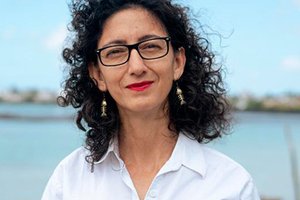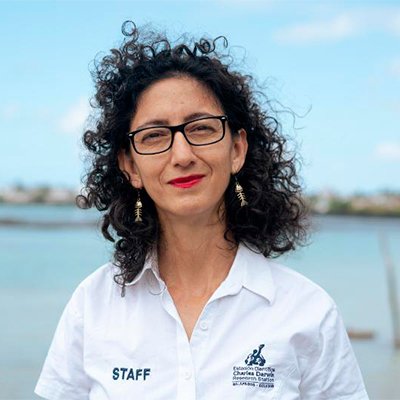A new Marine Protected Area along the entire Ecuadorian coastline to protect key coastal ecosystems, habitats and species
Marine Protected Areas (MPAs) are management tools that enable marine systems to remain healthy through some sort of protection, restriction or use. Marine protection can be done through the creation of reserves, sanctuaries or parks. Each serves a different objective, with different management approaches, different uses, and, subsequently, different restrictions.

In recent years, the State of Ecuador has led pioneering advances in marine protection. For example, the Hermandad Marine Reserve, declared in early 2022, made headlines around the world as the first marine corridor between two MPAs and paved the way for many more MPAs in the Eastern Tropical Pacific region.
In March 2023, the President of Ecuador, Guillermo Lasso, surprised the world yet again with the declaration of a first-of-its-kind MPA designed to protect the entire coast of Ecuador’s mainland out to 8 nautical miles. The declaration of this protected area along the coastline is a major milestone in the protection of key ecosystems, species, processes and livelihoods that depend upon this area. The approximately 1,5 million hectares now under protection enables ecological connectivity between other MPAs already found on the coastal region such as the Cayapas-Mataje Ecological Reserve, Galera-San Francisco Marine Reserve, El Pelado Marine Reserve, Machalilla National Park, Santa Clara Marine Reserve and El Morro Mangroves Wildlife Refuge (MPAs).

Countless resident and migratory species will benefit from this newly protected coastal area because it connects habitats upon which they depend for mating, nursing, feeding and resting – all critical biological processes. For example, the Ecuadorian coast is a key breeding ground for humpback whales who migrate from Antarctica to mate and nurse their calves in the Machalilla National Park and the Galera-San Francisco Marine Reserve. This critical biological process is now secured. Other species who stand to benefit from the newly protected coastal area include sea turtles, dolphins, killer whales, manta rays, various shark species and marine birds - many of which find themselves endangered to varying degrees.
The new strip of protected coastline adds 1.5 million hectares to the existing 19.3 million hectares of MPAs in Ecuador and enhances the likelihood of healthy coexistence between species and productive sectors, given that only artisanal fishing is permitted in the new coastal MPA. The small-scale fisheries sector, an important productive sector that has been fishing in these waters for thousands of years, is being given an even more important role in sustainable fishing practices and marine conservation.
In terms of the 30x30 objective, it is evident that only joint efforts can make this outcome possible. In the long run, seafood security, tourism activities and the services sector will continue to be healthy if, and only if, we align sustainable fishing practices with the protection of key marine ecosystems and the services they provide.
When politics align with concrete action, change is possible. It is clear that we must continue to lean towards an inclusive model of marine conservation, where people are treated as allies in marine and coastal ecosystem conservation. This is becoming a reality today as evidenced in the creation of Ecuador’s 8-mile coastal protected area. We now see that it is possible to connect MPAs with sustainable tourism and fishing practices. Yet, effective governance is needed to make this a reality.







